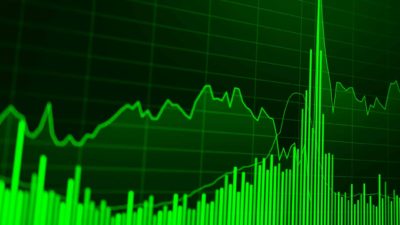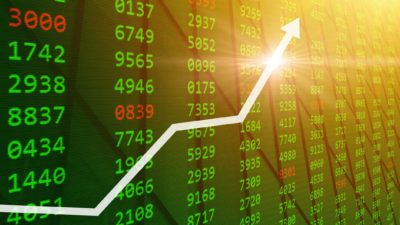House price data for May 2019 shows prices in Sydney and Melbourne continued to fall, albeit at a moderating pace compared to prior months.
What happened to house prices in May?
Sydney and Melbourne's house prices fell 0.5% and 0.3%, respectively, over the month of May—a month that included the shock federal election victory for the Coalition and APRA's decision to loosen home loan lending restrictions imposed on the banks.
In addition, markets also started to price in a Reserve Bank of Australia (RBA) benchmark interest rate cut as a near certainty on 4 June.
As such, a lot of property market experts are calling May 2019 as the bottom for Sydney's property market, which has reportedly dropped around 15% since it peaked in the middle of 2017.
These falls should be placed in the context of a boom that saw Sydney's house prices rise around 70% on average between 2012–2017, as falling interest rates (among other factors) led to a buying frenzy.
According to CoreLogic, dwelling values across the nation were off 0.4% in May, with every capital city except Adelaide posting a negative return for the month. Over the past 12 months, Perth, Melbourne and Sydney's average dwelling prices have retreated 8.8%, 9.9% and 10.7%, respectively.
How does this impact the sharemarket?
For sharemarket investors, the biggest takeaway is that big bank shares like Commonwealth Bank of Australia (ASX: CBA) or Westpac Banking Corp (ASX: WBC) are likely to remain under pressure while house prices and credit growth rates fall.
Another RBA interest rate cut is also likely to be a net negative for the banks and their profitability, while consumer-facing retailers should benefit if the RBA does embark on a radical rate cutting policy through 2019.
While the big banks are riding the ups and downs of the housing market, this unique, little-known ASX stock is set to ride a very different wave…








